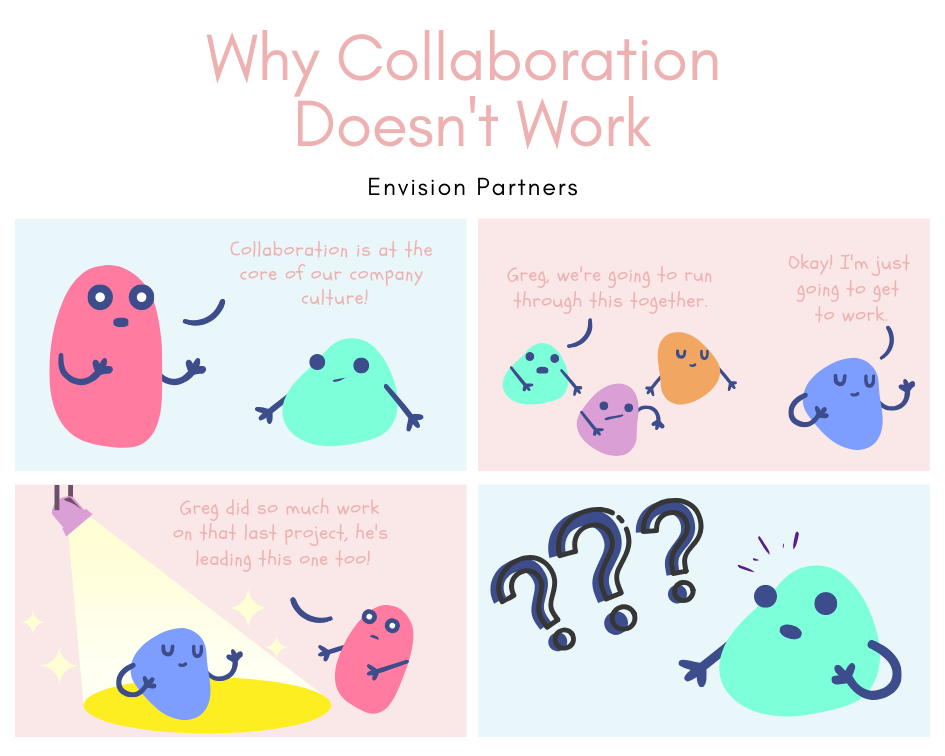Another Source of Power
I am using the last 48% of my computer battery to begin this newsletter. Fortunately, I have enough power to do my work. After the last storm, we are without power. Many managers think that they don’t have power either. I’d like to suggest you have more power and more sources than you think. Power can be dangerous if used incorrectly, but it is vital to use that power in order to get your work done. Power comes in several forms and has multiple outcomes depending upon how it is used.
As a manager, your primary task is to get work done through other people. In order to get work done through others, you need to use the tools available to you, and you need the power to drive them. The following five forms of power are useful to drive a discussion of power. In this description the “agent” is you and the “target” is a direct report or a peer or maybe even your supervisor—some sort of power is needed to get work done through anyone.
Adapted from Studies of Social Power (French & Raven,1959) Other labels for types of power may be used. These are the most common seen in a review of leadership power.
According to these definitions, it is important to note that power exists because the target “believes” it exists in the agent, and power exists because there is a differential between the target and agent. Therefore, it is not up to you “the agent” to decide if you have power or not. You do. If the other person believes you have power–then you do. Power can be dangerous if it is ignored and therefore not used correctly, such as these real examples: a sarcastic comment about potential punishment; making the first suggestion in a brainstorming suggestion; throwing out your credentials. Each of these cases, for example, immediately shuts down sharing and dialogue. If we are not willing to admit that we have leverage over our direct reports, we run the risk of using it incorrectly and we can burn up an employee and not even know it.
Recognizing that power is present, we have a responsibility as to how we use it. Different combinations of power and how much of each we use will bring different outcomes. We can categorize the outcomes into compliance, commitment, and resistance. Depending upon the activity, we may need short-term and immediate compliance, or we may need longer-term and sustainable commitment.
otential outcomes as summarized by R. Dennis Green (Leadership as a Function of Power, 1999). Green, yellow, red colors added to highlight level of effectiveness to achieve outcomes.
At quick glance, Coercive Power is the most dangerous and least useful of the powers. Coercion Power purposefully used to manipulate is the most detrimental of all uses of Power. Reward and Positional Power will lead to compliance, but are less likely to lead to commitment. This is consistent with what we know about long-term employee motivation. Expert and Relationship Power, on the other hand, are effective at getting commitment. It is usually the case that Expert and Relationship Power are most useful and beneficial for moving forward on complex or difficult initiatives, whereas for more simple needs, these sources of Power might require too much time and effort compared to the outcome and the Positional Power might be more appropriate.
Some new leaders get into a bind because they get by using their authority instead of their influence—that is, using their Positional or Expert Power instead of their Relationship Power—or worse using Coercion rather than Reward. Leaders are encouraged to use Relationship Power to achieve influence. However, even the best leaders get tired or lose patience, and may tend to lean on the logical Expert Power which comes from being a subject matter expert or being “in the know”. If that doesn’t work, the “do-it-because-I-said-so” Positional Power may be employed, followed by Reward Power. A seeming lack of progress can lead to unwisely using the Coercive Power.
It’s not just which power is used; it is the way the power is used that can lead to success–or to failure. Power should be used in subtle, careful fashion that minimizes status differences and avoids threats to the other person’s self-esteem. Any time a leader uses power to benefit themselves, it will be seen as manipulative. Manipulation, arrogance or domineering behavior will build resistance. If power is used to help the other individual, the leader has a very high likelihood of not building resistance and instead building the desired compliance or commitment.
Each situation (safety rule adherence versus working an extra day this week), and each individual (especially their relative status) requires a different amount of each type of power and a different combination of powers. Overuse of a single type of power tends to be ineffective and can even enable power loss. For example, if a leader uses only Relationship Power, but does not have the Positional Power to make necessary changes, they will find it difficult to build a high-performing group. If a leader employs only one type of power, employees may find a way to work around the tactic in order to potentially increase their own status, thus reducing the power differential.
Having Expert Power is often a stepping-stone to Positional Power. However, if it not combined with Relationship Power, the Positional Power will likely not be effective at getting anything more than short-term compliance.
Are you using your power? Considering the different forms of power, which one form or combinations of forms exist in your relationships? Do you inadvertently use one power more often than others, even when it might not be appropriate? Are you aware when you are using the different types of powers in order to influence someone else?
Well, I had to move to another source of power—my own hand. I ended up having to finish this article on paper and wait for the electricity to come back on. I should really think about having more options.












